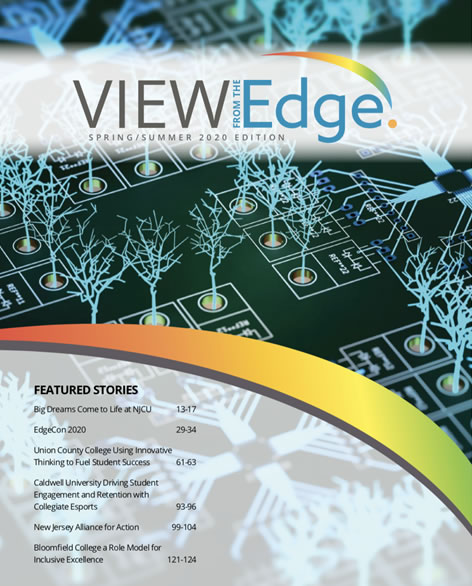Completion of member institution last mile connectivity to the Edge network backbone through a statewide dark fiber initiative.
In 2001 a vision was created and funded by the New Jersey Presidents Council of Higher Education that established a high-performance network to support statewide research, education, and economic development. Today, that vision has resulted in a national model of excellence for research and education networking and computing. As the need for affordable access to research and education networks continues, network connectivity and capacity remains the crucial element in multiple technologies, such as cloud-scale computing, forming the connective tissue among users, technology stacks, applications, and data. More than ever before in today’s cloud-based computing architecture, the need for secure, high-bandwidth computing experiences permeates the education and government landscape. At the same time, the cost of connecting to the Edge backbone (i.e., the “last mile” connection) currently is determined by a constantly changing amalgamation of providers and represents the single largest variable in the overall cost of providing scalable, secure, high-performance bandwidth to New Jersey institutions of higher education and other stakeholders who rely on the Edge network.
As a result, institutions and organizations struggle to control the cost of infrastructure as the need for increased bandwidth and network services continues. This prospectus outlines a strategy for investment in our digital future that eliminates the vagaries and uncertainties of the chaotic marketplace for bandwidth as we chart our path forward. The solution involves installation of “dark fiber” to each institutional location that is owned and managed as a part of the Edge network, thus minimizing the variable costs associated with leasing fiber optic pathways to connect to the Edge network backbone. Installing dark fiber connections to each anchor institution would change the economic drivers from a variable costs to a fixed cost, and thus allow for a controllable, budget-friendly network service for decades to come.
